

Max Davies
2025 Toyota Corolla SX review
5 Days Ago

News Editor
First, the good news: the Genesis G90 – Korea’s answer to the Mercedes-Benz S-Class – has been fully redesigned.
The bad news: it’s not coming here, with Genesis Australia instead committing to the E-Class-rivalling G80 as its flagship sedan.
Following the reveal of the G90’s exterior earlier this month, Genesis has detailed the interior and specifications of its new luxury limo, which will be available in both standard- and long-wheelbase variants.
The available 5.0-litre V8 is gone, with all G90 models now using a twin-turbocharged 3.5-litre V6 engine with 283kW of power and 529Nm of torque.
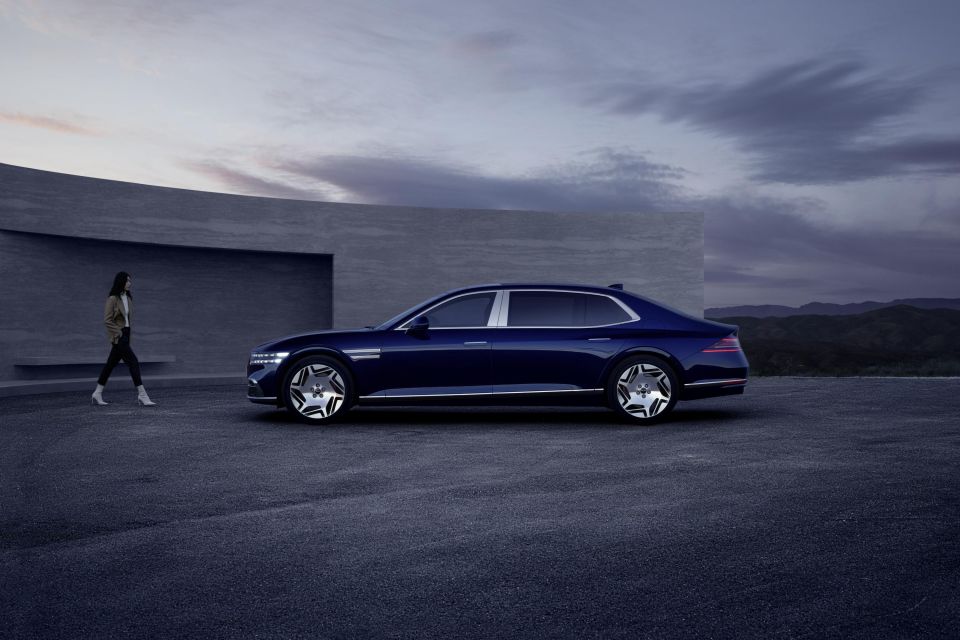
The long-wheelbase model features a 48V electric supercharger to improve acceleration, though Genesis has yet to confirm outputs.
Rear- and all-wheel drive are available, though the latter is the only drive layout on the long-wheelbase model.
All up, the G90 is 5275mm long on a 3180mm wheelbase in regular-length models, and 5465mm on a 3370mm wheelbase in long-wheelbase models. Both measure 1930mm wide and 1490mm tall.
As befitting a luxury limo, there’s a ‘Chauffeur’ brake mode that allows drivers to control their braking force.

The G90 features multi-chamber air suspension, which lowers the car at high speeds to reduce wind resistance and improve fuel efficiency and raises the car by 25mm on rough roads.
Genesis’ Preview-Electronic Control Suspension is standard, which uses a front camera and data from the navigation system to monitor road conditions and adjust the suspension accordingly.
The front end will also be elevated when a steep slope is detected, to help protect the G90’s undercarriage.
Rear Wheel Steering features on the G90, like on the recently revealed G80 Sport, and Genesis claims this makes the turning radius equivalent to that of a mid-sized car.
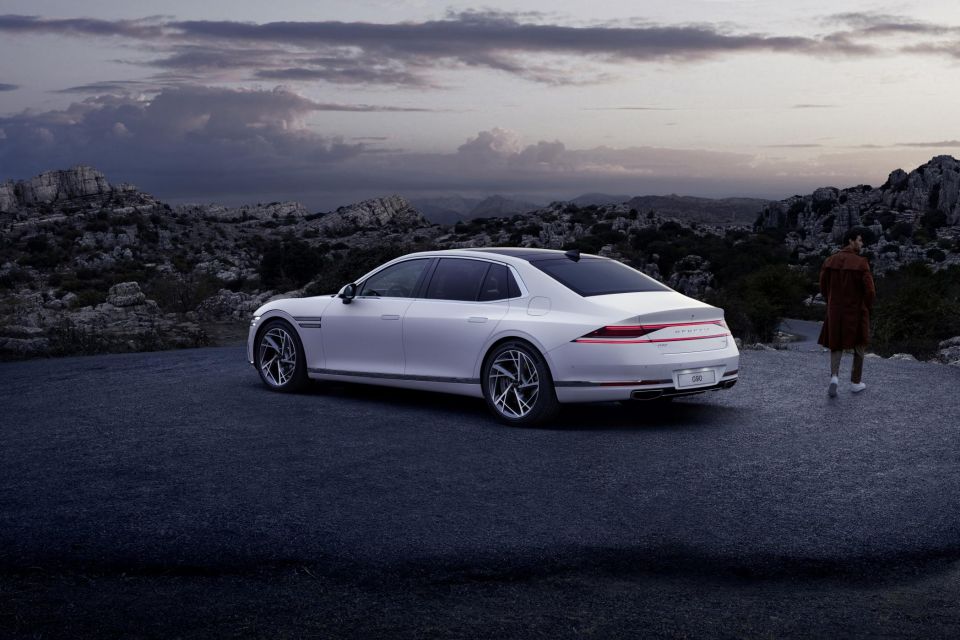
This can move the rear wheels by four degrees in the opposite direction of the front wheels at low speeds, or by two degrees at high speeds in the same direction of the front wheels.
Active noise control sends opposite phase sounds through the speakers to cancel out road noise, which is also filtered out via the use of laminated glass throughout the car.
Warning alerts are also played through a speaker in the driver’s headrest to keep other occupants from hearing them.
Genesis says it’s also coated the interior with antibacterial Silver Zinc Zeolite material, while the second-row armrests feature compartments with UV-C LED lights to sterilise items. The cabin also features air purifiers.

When you approach the G90 with the key, the flush-mounted door handles pop out. After entering the cabin, the doors can be closed via the press of one of various buttons in the interior.
The driver’s door can also be programmed to close automatically when the brake pedal is pressed, while the car can be started with your fingerprint, which will also load the driver’s personal settings.
The G90 features ‘ergo-relaxing’ seats with 10 air cells on the seatback and two in the cushion, with four different massaging modes and automatically-adjusting bolsters – the latter deflate slightly when entering or exiting the vehicle, and firm up at high speeds or in sport mode.
Genesis has addressed criticism of its rotary dials for the infotainment and transmission by more clearly differentiating the two in terms of look and feel, though they’re still located right next to each other.
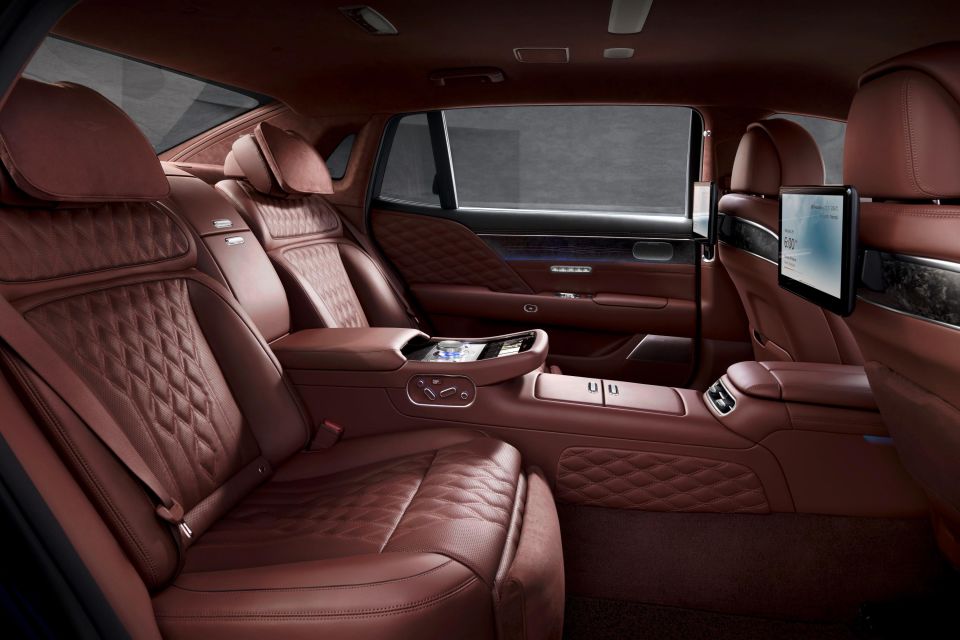
Available interior trim includes Newspaper Crown Wood and Newspaper Stripe Wood, made from reprocessing waste paper like, you guessed it, old newspapers. There are five different interior colourways, including Dune Beige/Velvet Burgundy and Glacier White/Urban Brown.
Over-the-air updates will be available for the infotainment system, digital instrument cluster, head-up display, brakes, steering wheel, suspension, driver assist features and even the airbags.
Driver assist features include Parking Collision-Avoidance Assist, which monitors all sides of the vehicle and applies the brakes if there’s a risk of collision with a pedestrian or object while parking.

Other items on the features list include a 23-speaker Bang & Olufsen sound system, Genesis’ clever Remote Smart Parking Assist system, a fragrance system with three different scents, and a Mood Curator with four modes that adjust the settings of the massaging seats, fragrance and sound systems, curtains and ambient lighting.
The long-wheelbase model has a VIP seat on the right-hand side of the second row with leg supports and footrests that support heating and ventilation, while occupants in both outboard seats have a 10.2-inch touchscreen on the front seatbacks.
An 8.0-inch touchscreen is located in the centre armrest.
While the G90 doesn’t bear a close resemblance to the smaller G80, there are Genesis design cues like a crest-shaped grille and split-level lighting elements.
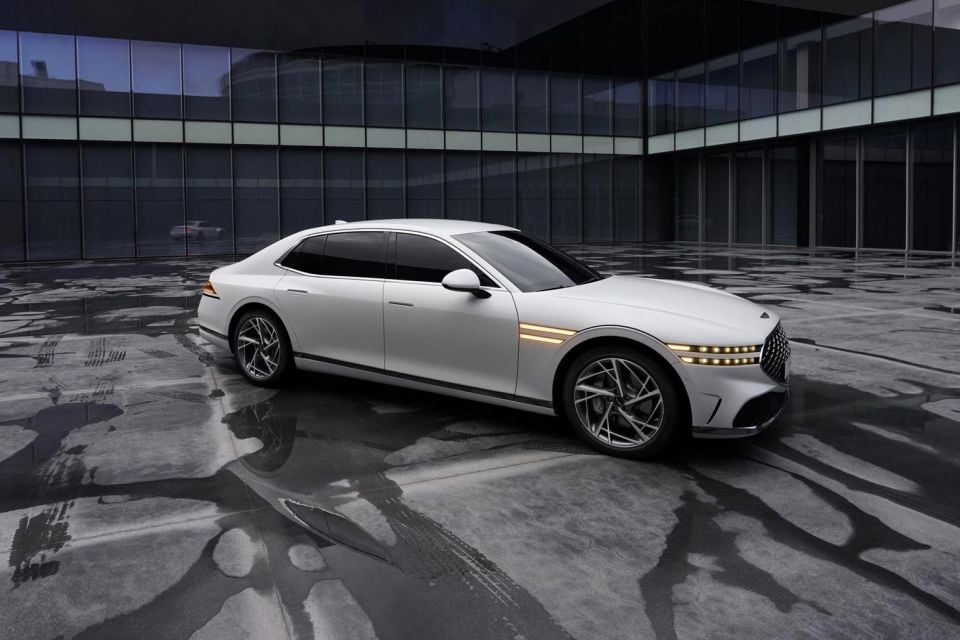
The crest grille takes Genesis’ signature “G-Matrix” pattern and adds another layer with the same pattern, creating a three-dimensional effect.
The new split-level headlights are slimmer than that of the outgoing G90 and are the thinnest on a Genesis yet, however they provide the same level of light intensity.
They use Micro Lens Array technology for the low beams, which use roughly 200 micro optic lenses per module.
The G90 uses a clamshell front bonnet to eliminate panel gaps and give the car a sleeker look, and it’s capped with an emblem that Genesis says is nearly 80 per cent thinner than previous emblems.
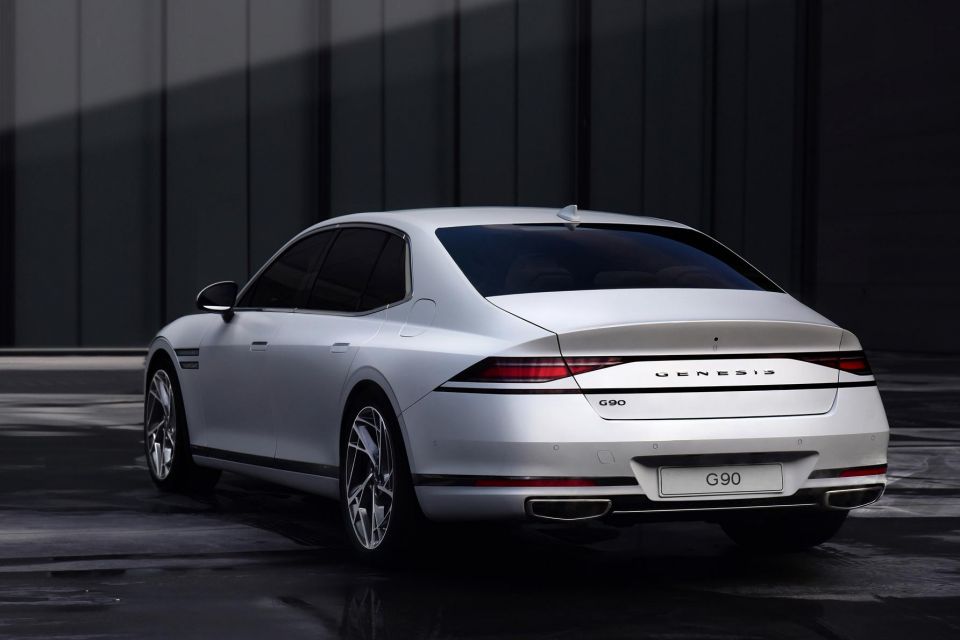
The roofline appears more upright than that of a G80, likely to give rear seat occupants even more generous headroom, but Genesis designers have used feature lines to draw the eye down and to the rear.
The result is a more svelte look than the outgoing G90 and more conservative rivals like the Audi A8.
Down back, the split-level tail lights stretch across the rear fascia but the G90 differs from other Genesis models in having thicker ends for the top level, thus giving the G90’s rear an arguably more conventional look.
Genesis’ winged logo doesn’t feature at the rear, with the brand name instead spelled out across the boot lid.
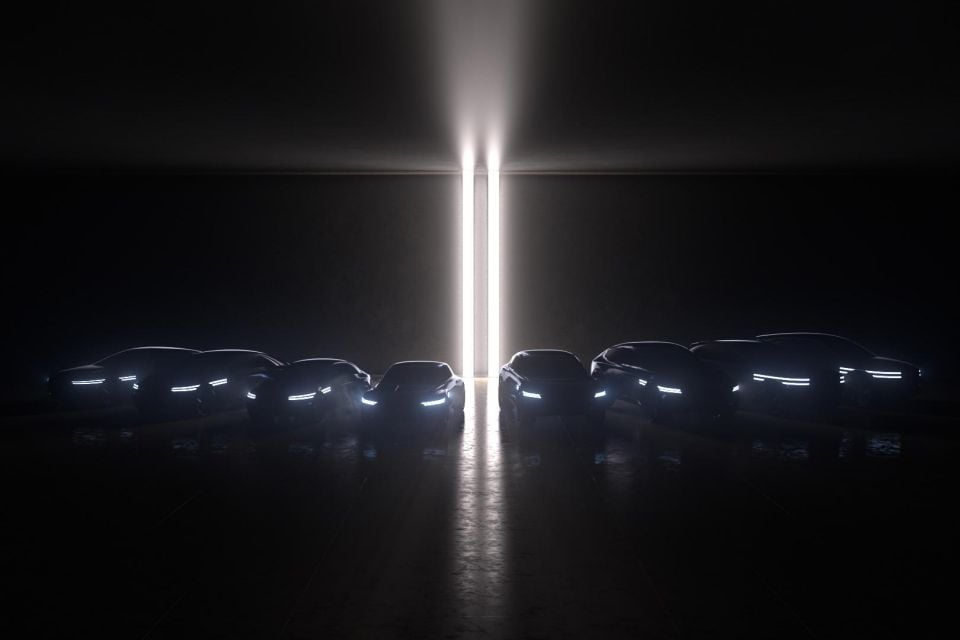
“We have no current plans to bring the new G90 sedan to Australia, our focus will remain on our current model range which consists of two sedans (G70 & G80) and two SUVs (GV70 & GV80),” said a spokesperson for Genesis Australia.
“However next year this focus will shift to our new portfolio of EVs, we plan to launch three all-electric cars locally in 2022 (GV60, Electrified GV70 and Electrified G80), with more to come.
“Alternative propulsion is at the core of Genesis’ product development strategy, our goal is to offer alternative propulsion in all segments of our product portfolio. Genesis plans to establish an 8 model EV line-up by 2030, powered by either fuel cell or batteries.”
Genesis’ electric vehicle plans suggest an electric version of the G90 is high likely.
Where expert car reviews meet expert car buying – CarExpert gives you trusted advice, personalised service and real savings on your next new car.
William Stopford is an automotive journalist based in Brisbane, Australia. William is a Business/Journalism graduate from the Queensland University of Technology who loves to travel, briefly lived in the US, and has a particular interest in the American car industry.


Max Davies
5 Days Ago


James Wong
3 Days Ago


James Wong
3 Days Ago


Max Davies
2 Days Ago
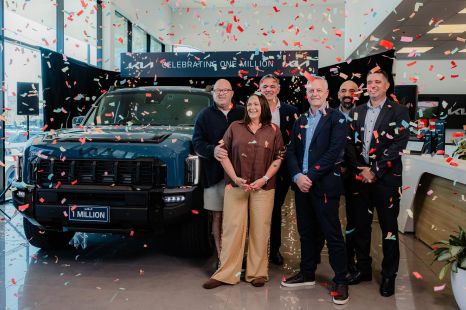

James Wong
8 Hours Ago
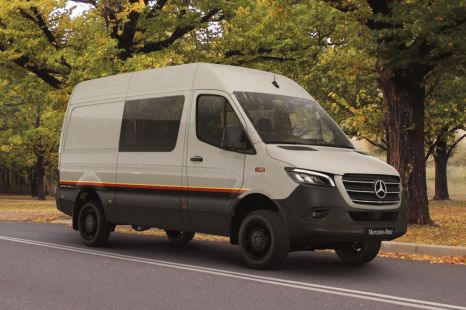

Marton Pettendy
7 Hours Ago